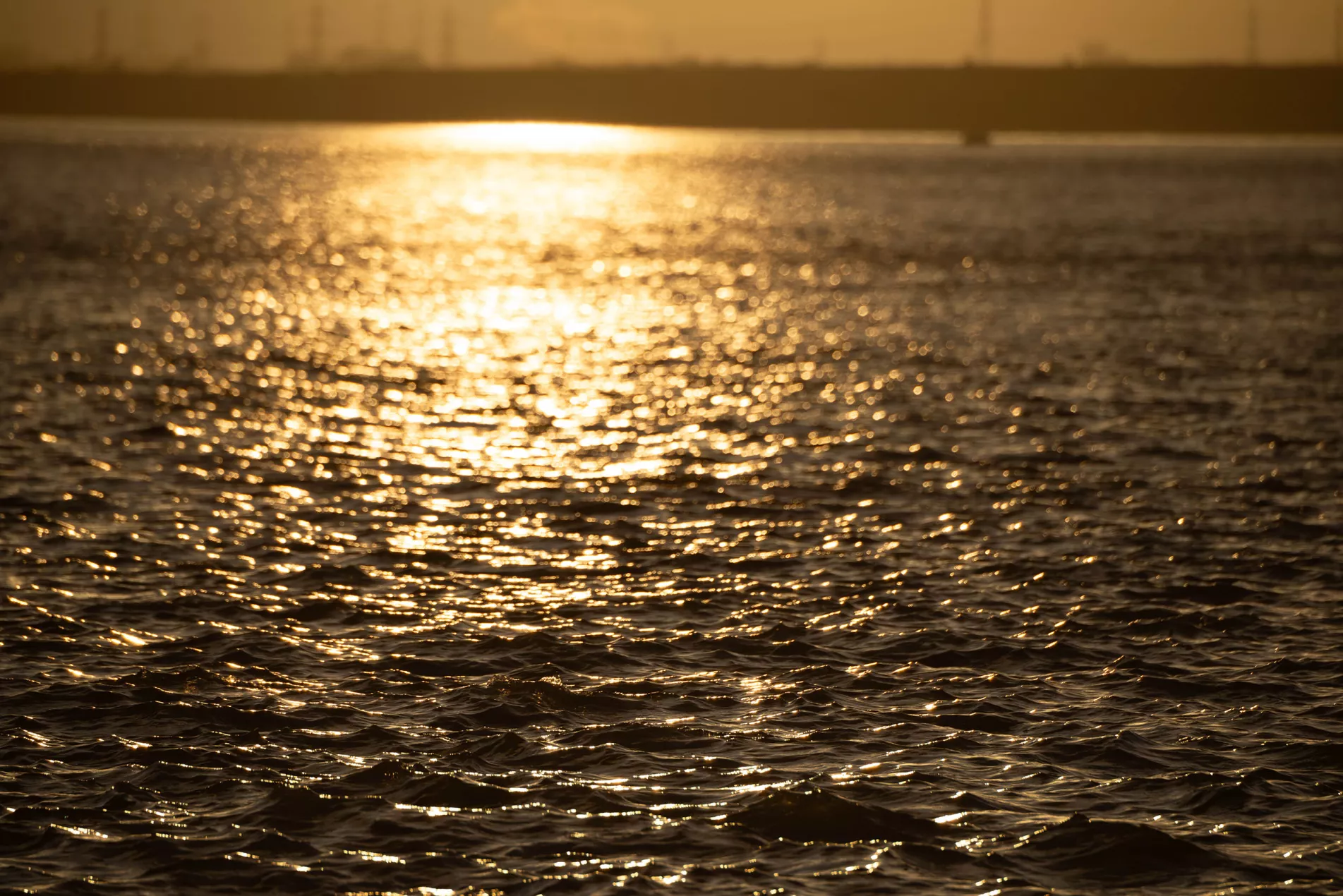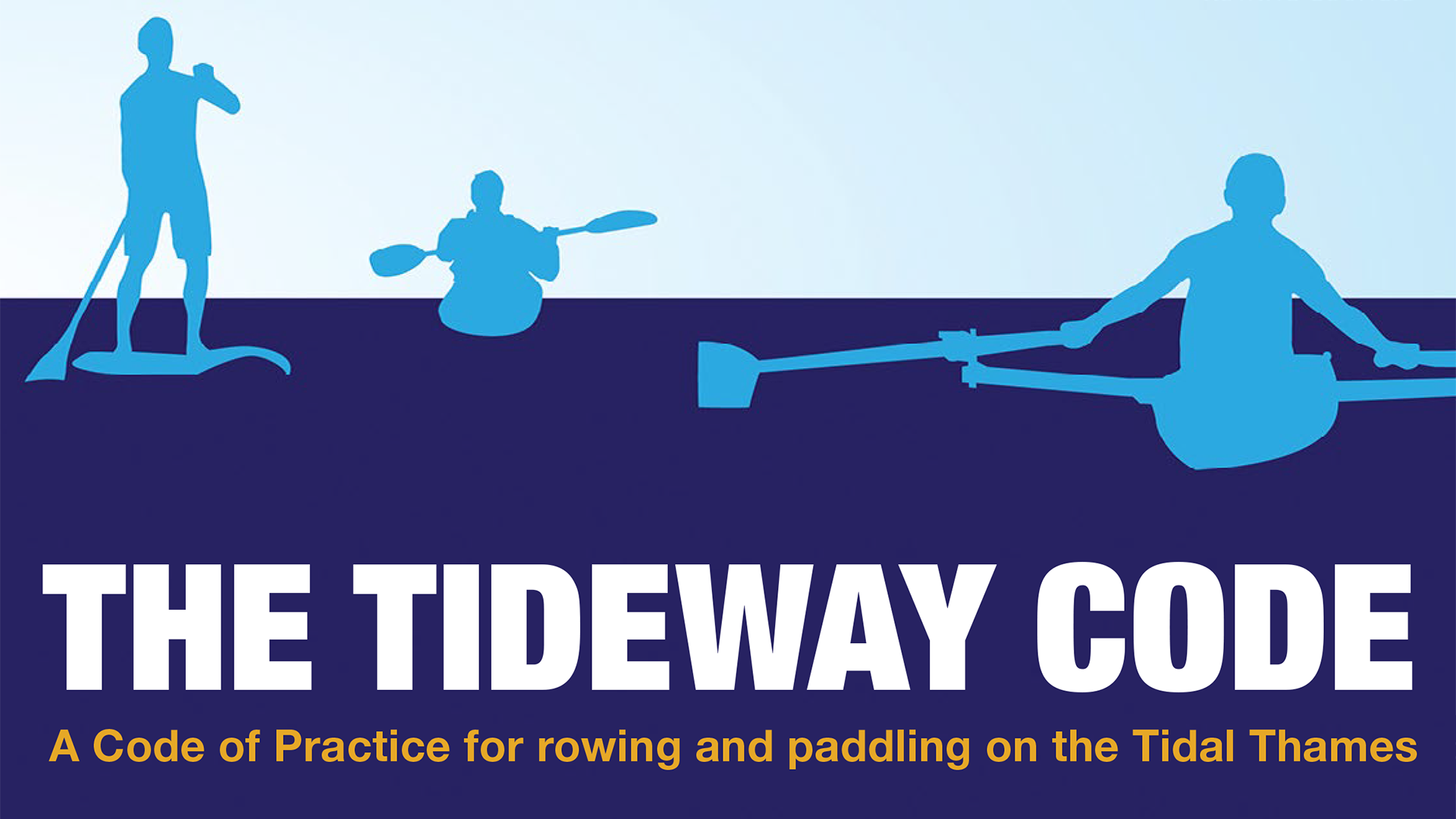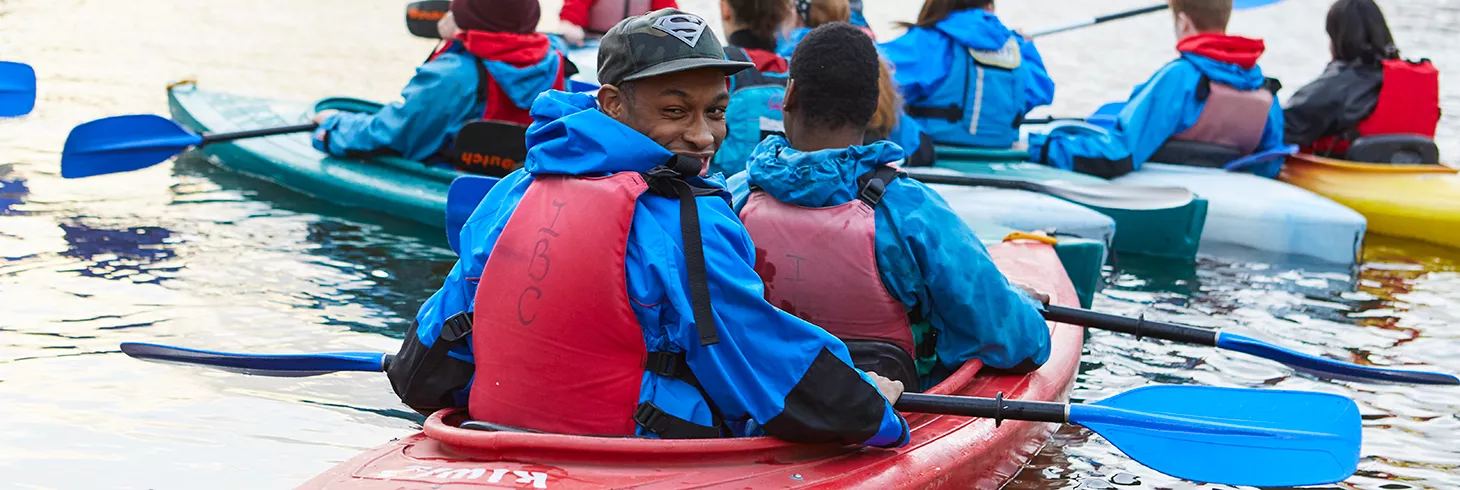
Paddling
Experience blue space
With all watersports, it’s best to learn under the guidance of an experienced and qualified coach.
Coaches can make sure your introduction to the sport is fun and safe and - added bonus - signpost you to the best clubs and paddling routes in your area.
Whether you are canoeing, kayaking or stand up paddleboarding on the tidal Thames (also known as the tideway), all river users must follow the Tideway Code to keep themselves and others safe. Whilst some stretches of the tideway might not look busy at certain times, it is key to remember that it is a navigable port with a huge variety of activity, from stand-up paddleboarders to high speed boats and commercial ships. It is the busiest inland waterway in the UK.
What’s the Tideway like for paddling?
West of Putney Bridge, the tidal Thames is at its calmest. East of Putney Bridge the river becomes increasingly sea-like, so paddling is only permitted for more experienced paddlers who have undertaken recognised training courses, and only at the times when the river will be less busy.
Active360 run a Thames Skills and Knowledge Course to equip people with the skills and knowledge to paddle safely on the tideway. Visit the Active360 website for more information.
The PLA has recently installed new signage on the approaches to Richmond Lock & Weir, to help Paddlers navigate through the boat rollers on the Middlesex side during the period 2 hours either side of High Water.
Paddlers travelling downstream along the Surrey side should cross at the new sign installed on the upstream waiting pile when safe to do so – keeping a lookout for any vessels behind them and any vessels using the lock gates ahead.
Paddlers should ensure that they do not cross within the Restricted Area as described in the The Tideway Code on page 80-81, as when the weir is in operation this becomes a dangerous area of water that could draw paddlers in due to the strong currents.
Once through the boat rollers, downstream paddlers should cross back to the starboard side and the Surrey bank, when safe to do so and outside of the Restricted Area – keeping a lookout for oncoming vessels travelling upstream and for vessels using the lock gates.
Paddlers travelling upstream should already be navigating on the starboard side and are encouraged to be outside the Fairway, using the Inshore Zone and being as close to the bank as is safe and practicable.
It is recommended to use quick-release waist leashes when using Stand-Up Paddleboards on the Tidal Thames rather than calf or ankle versions, for ease of removal in fast flowing waters.
Where can I find out more?
Paddle UK have a huge amount of information freely available to paddlers, and their membership offer gives you even more access to the paddling community, resources and advice.
There's also more than 50 paddling clubs in London. Canoe London has an excellent list, and plenty of free information too.
Safety warning
Stand up paddleboards are often sold with a device, known as a leash, that keeps your board attached to you. Different leashes suit different waters. Quick-release waist leashes are the only leash suitable for the tideway. See Paddle UK’s guidance on the Go Paddling website.
Activity Finder
Paddling resources
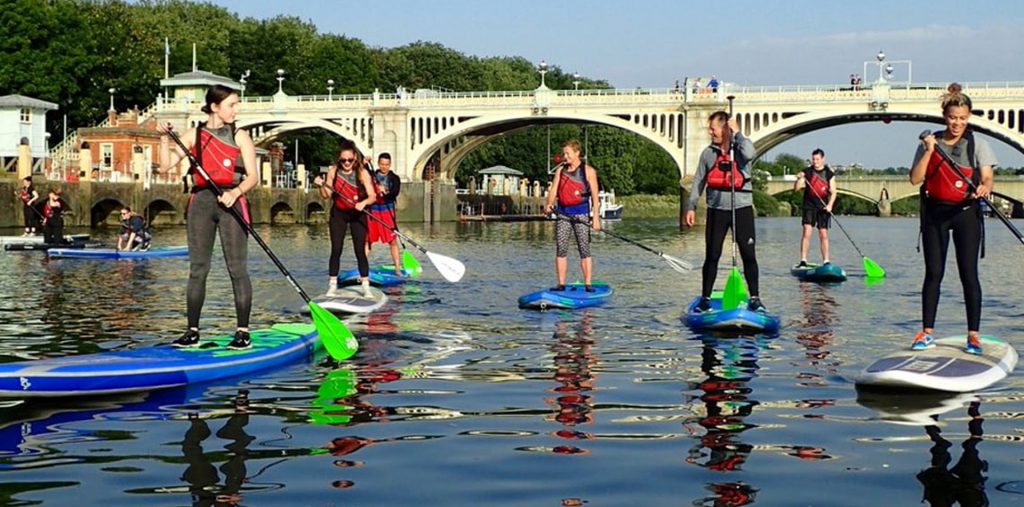
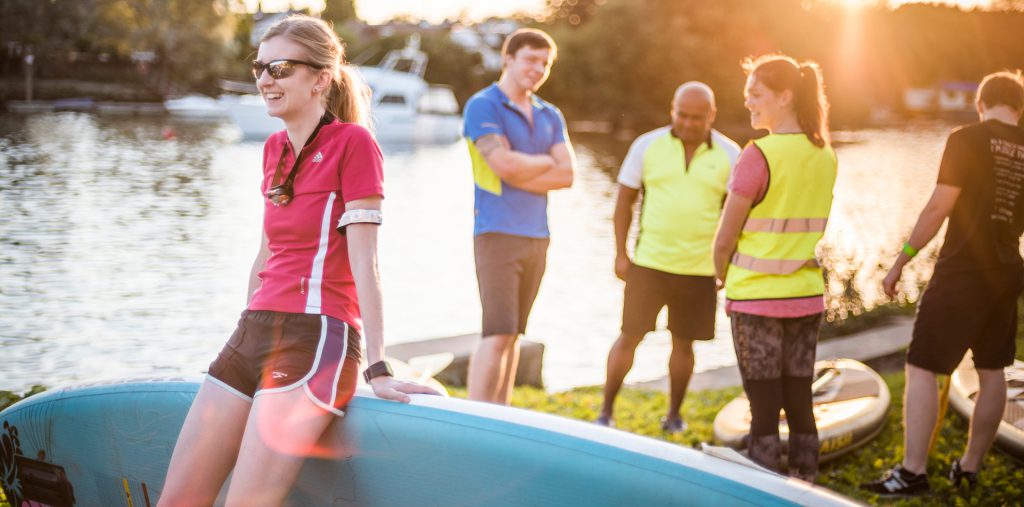
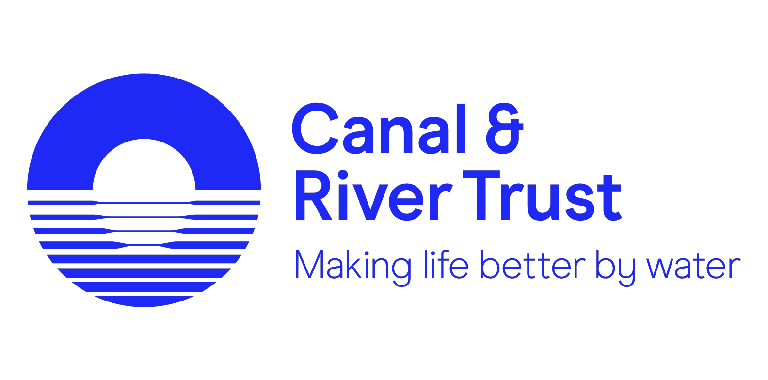
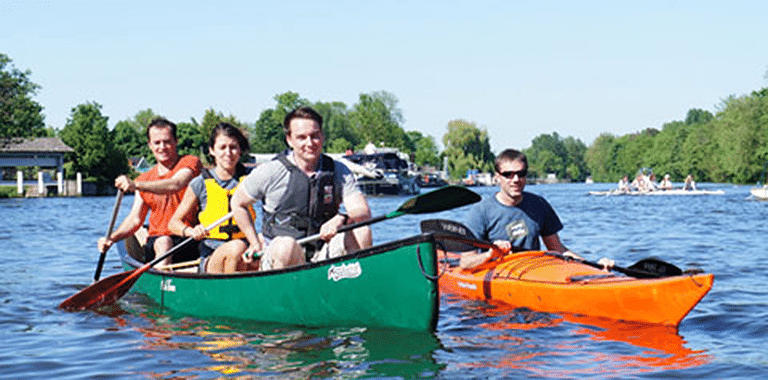
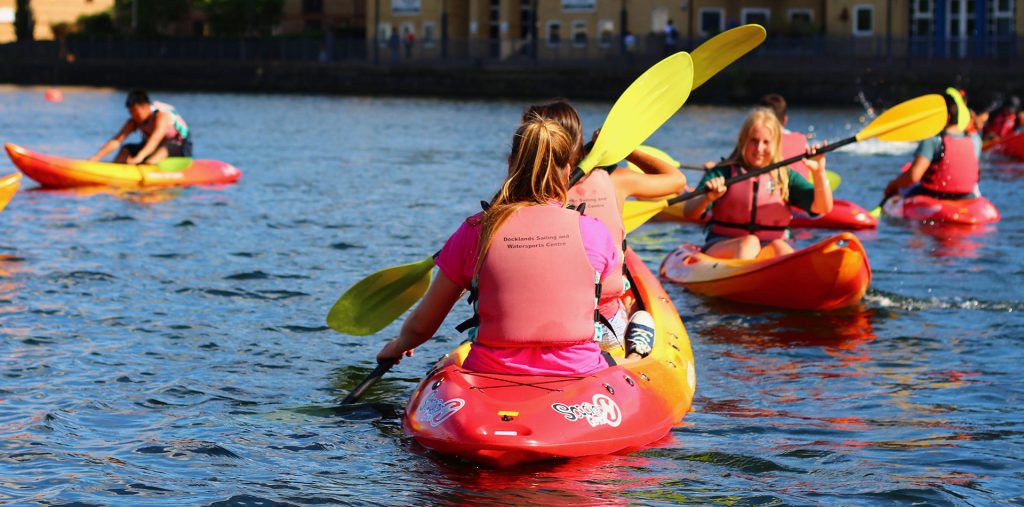

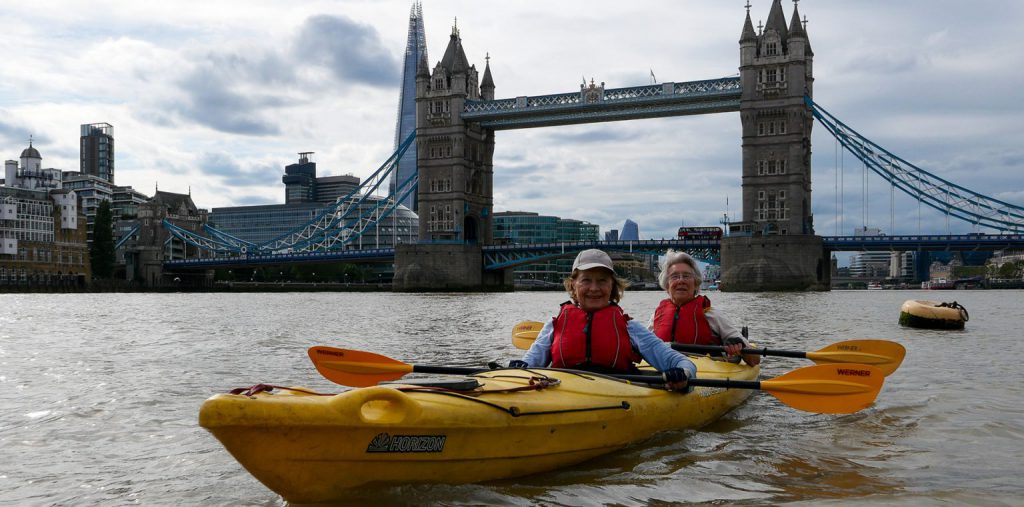
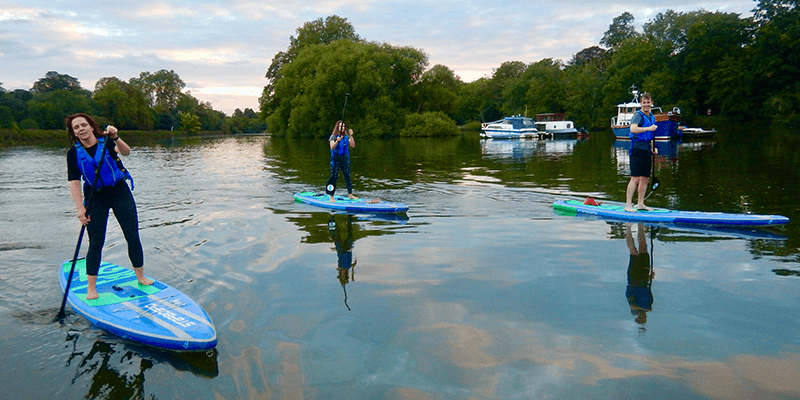
Going afloat: What you should know
